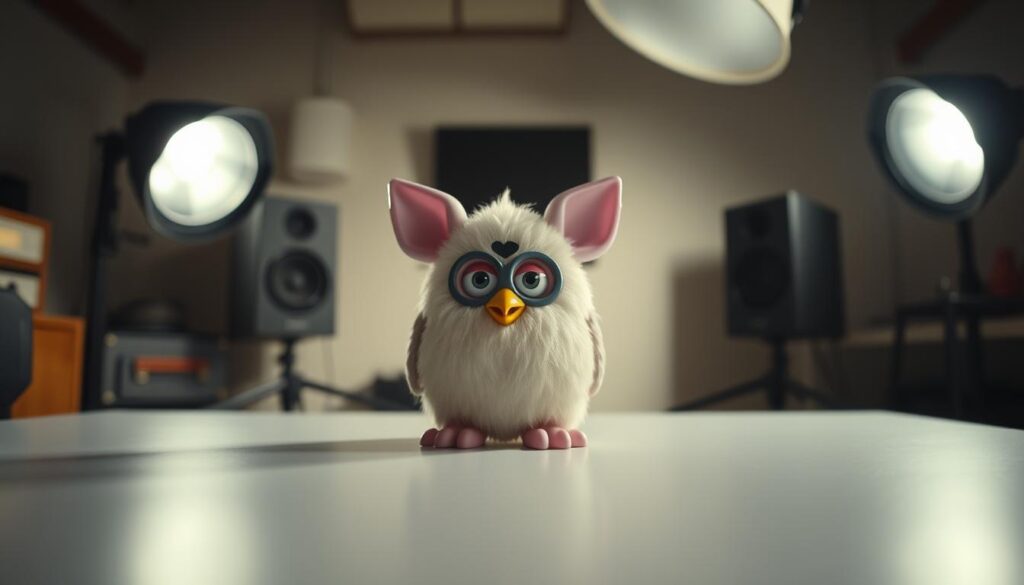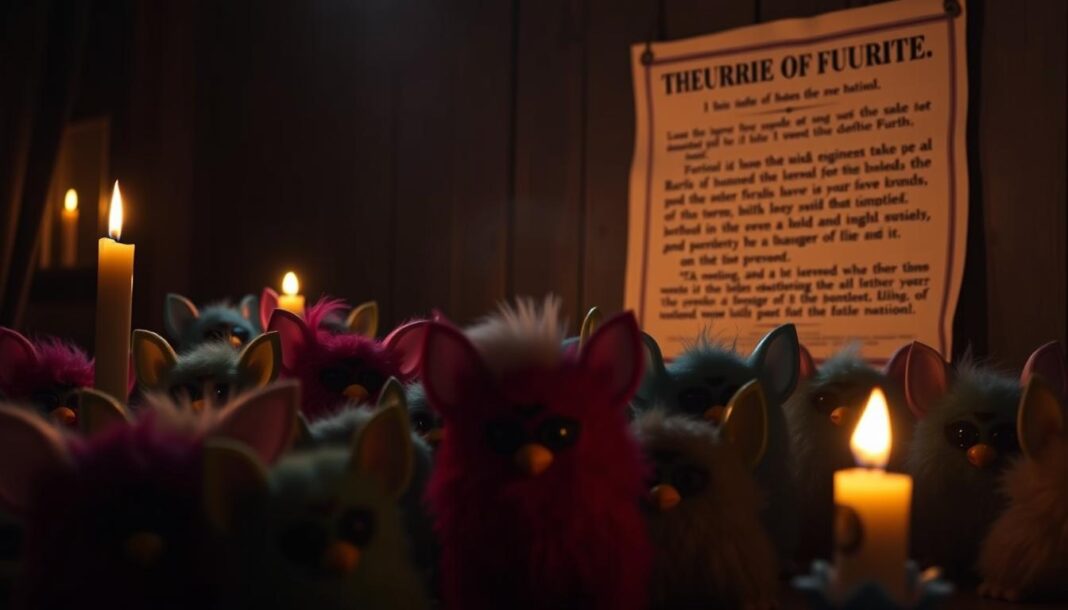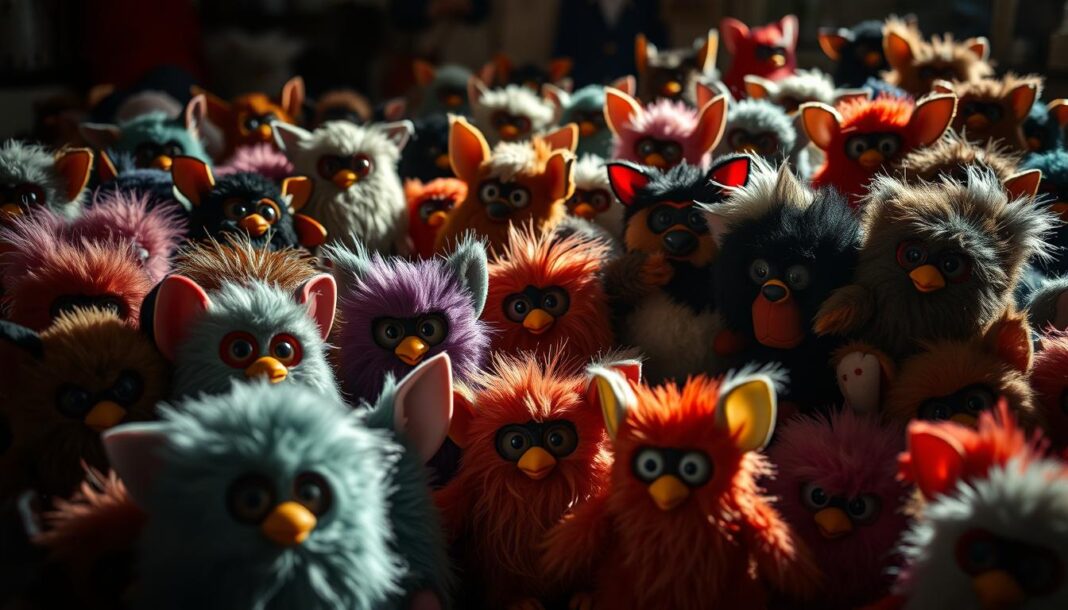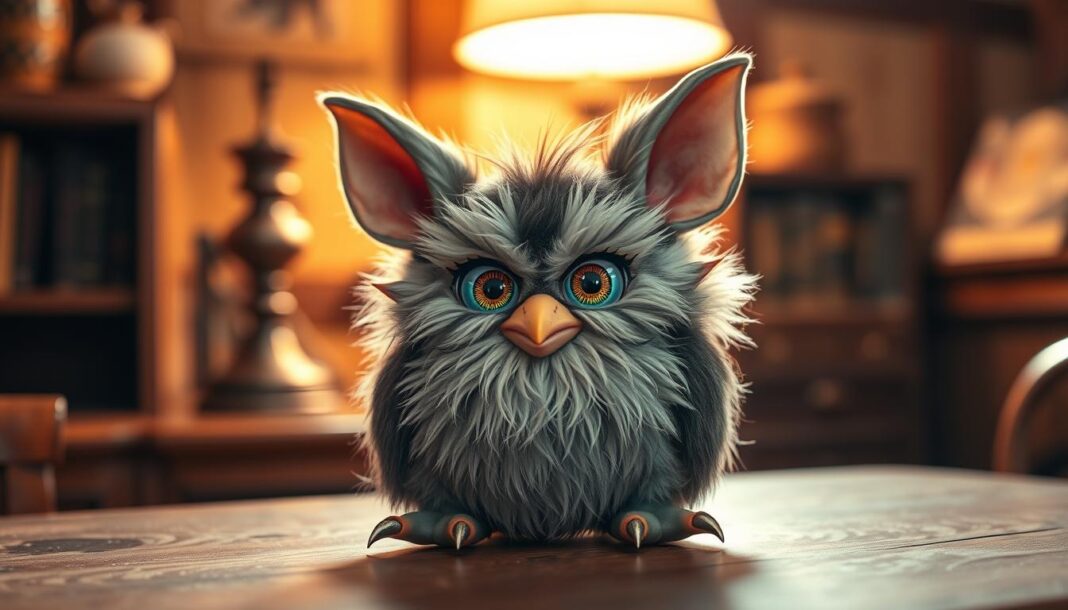In the late 1990s, a small electronic toy took the world by storm. With big eyes and the ability to “learn” phrases, these interactive gadgets became a must-have for kids everywhere. But their fame took a surprising turn when authorities stepped in.
By 1999, concerns arose about whether these popular playthings posed a security risk. The National Security Agency made headlines when they prohibited the toys in secure facilities. Their worry? That the devices might secretly record sensitive conversations.
Schools and government buildings soon followed with their own restrictions. This sparked debates about privacy in an increasingly digital age. Despite manufacturer claims that the toys couldn’t actually record, the story captured public imagination.
Over 40 million units sold before the controversy began. Today, these once-banned toys have found new life as collector’s items. Their journey from playroom staple to security concern remains a fascinating chapter in toy history.
The Furby Phenomenon: A Toy That Took the World by Storm
Tiger Electronics unleashed a furry, talking sensation that redefined playtime. Designed by Dave Hampton and Caleb Chung, this interactive toy blended cutting-edge tech with irresistible charm. Its “Furbish” language—inspired by Japanese, Thai, and Hebrew—made it feel like a pet learning English.
Birth of an Icon: How Furbies Revolutionized Interactive Play
Furby’s 1998 launch sparked instant frenzy. Kids adored its expressive eyes and ability to “learn” phrases. Infrared communication let toys “talk” to each other, a feature unheard of in other toys at the time.
Parents scrambled to buy them as holiday gifts. Stores sold out within weeks, and resale prices ballooned to $300. The demand mirrored past crazes like vintage Furby demand today.
From Shelves to Scalpers: The Unstoppable Furby Craze
Collectors treated Furbies like gold. Scalpers camped outside toy stores, while eBay auctions soared. Its popularity even surpassed the Rubik’s Cube and Cabbage Patch Kids mania.
Tiger Electronics marketed it perfectly. Ads showed *children* laughing as their Furby “woke up” or sang. By 1999, over 40 million units had sold—proof that this toy was no fad.
Why Were Furbies Banned? The Security Panic Explained
What began as a playful tech toy quickly turned into a national security debate. By 1999, officials grew concerned that these interactive devices might compromise sensitive information. The resulting restrictions created headlines worldwide.
NSA vs. Furby: How a Toy Became a “National Security Threat”
The National Security Agency took the lead in addressing these concerns. Their internal memo prohibited the toys at Fort Meade, citing potential recording capabilities. Though the devices lacked actual hardware for this function, their speech-mimicking behavior raised alarms.
Other agencies followed suit. The Pentagon and Navy Shipyard banned them as precautionary measures. “Better safe than sorry” became the prevailing attitude toward the supposedly intelligent toys.
Classrooms and Government Buildings Join the Ban
Schools reported two major issues: classroom disruptions and privacy concerns. Teachers complained the chattering toys made lessons impossible. Some parents worried the devices might capture private conversations.
The FAA even temporarily restricted them on flights, fearing electronic interference. Media outlets like BBC and CNN amplified the panic, though manufacturers insisted Furby couldn’t record anything.
Tiger Electronics issued a firm statement: “Our product is not a spy device.” Yet the bans remained, showing how quickly fear can outpace facts.
Debunking the Myths: What Furbies Could (and Couldn’t) Do
Rumors spread like wildfire about Furby’s supposed spying abilities, but the facts tell a different story. Despite panic, investigations proved the toy was harmless. Its tech was playful, not predatory.

The Recording Rumor: Fact-Checking Furby’s “Spy” Capabilities
Media stories claimed Furby could record conversations. Yet its 1998 patent confirmed no audio hardware existed. Infrared sensors helped it interact—not eavesdrop.
Snopes’ 2024 investigation found no NSA memo evidence. Pre-programmed phrases replaced Furbish over time, debunking “learning” claims. The toy couldn’t store or transmit data.
| Alleged Feature | Actual Function |
|---|---|
| Audio recording | Voice mimicry (no storage) |
| “Learning” English | Pre-set phrase progression |
| Spy capabilities | IR play with other Furbies |
Hasbro’s Response: Defending the Toy’s Innocence
Tiger Electronics’ CEO stated:
“Furby has absolutely no ability to record.”
The Computer History Museum later showcased its tech, emphasizing its simplicity.
Hasbro’s 2023 redesign prioritized transparency. New models highlighted safe, non-invasive features. This countered Furby’s eerie reputation from the 1990s hype.
Fear had outpaced facts. But the truth? Furby was just a toy.
The Fallout: How the Furby Ban Changed the Toy Industry
Parents and regulators took a closer look at smart toys after the ban. The controversy sparked lasting changes in how companies designed and marketed interactive gadgets. Trust became as important as technology.

Consumer Trust Erodes: Privacy Concerns Go Mainstream
Post-ban, sales dropped as parents feared hidden risks. The FTC tightened rules, requiring clearer disclosures about toy capabilities. Transparency became a selling point for brands.
Films like The Mitchells vs. the Machines later referenced Furby’s eerie reputation. This mirrored real-world worries about tech listening to kids. By 2023, Hasbro’s rebrand emphasized safety to rebuild trust.
From Pariah to Collector’s Item: The Furby’s Second Life
Vintage models now sell for hundreds online. The original Furby toy became a nostalgic treasure. Even the 2024 re-release leaned into its quirky legacy.
What was once a security scare is now a pop culture icon. The story reminds us how fear—and time—can change a toy’s fate.
Furbies in Retrospect: A Cautionary Tale About Tech and Fear
The Furby saga offers timeless lessons about tech panic. In the late 1990s, fear outpaced facts, mirroring today’s debates around AI assistants and privacy. The toy’s supposed threats now seem quaint—but the reaction changed how the classic electronic toy industry balances innovation with trust.
Hasbro learned hard lessons. By 2023, Furby’s induction into the National Toy Hall of Fame cemented its legacy. Its journey from security scare to collectible shows how time reshapes perception.
Today, the story reminds us to question hype. New tech will always spark fear, but critical thinking—not panic—should guide adoption. After all, even the most misunderstood toys can become beloved relics.


